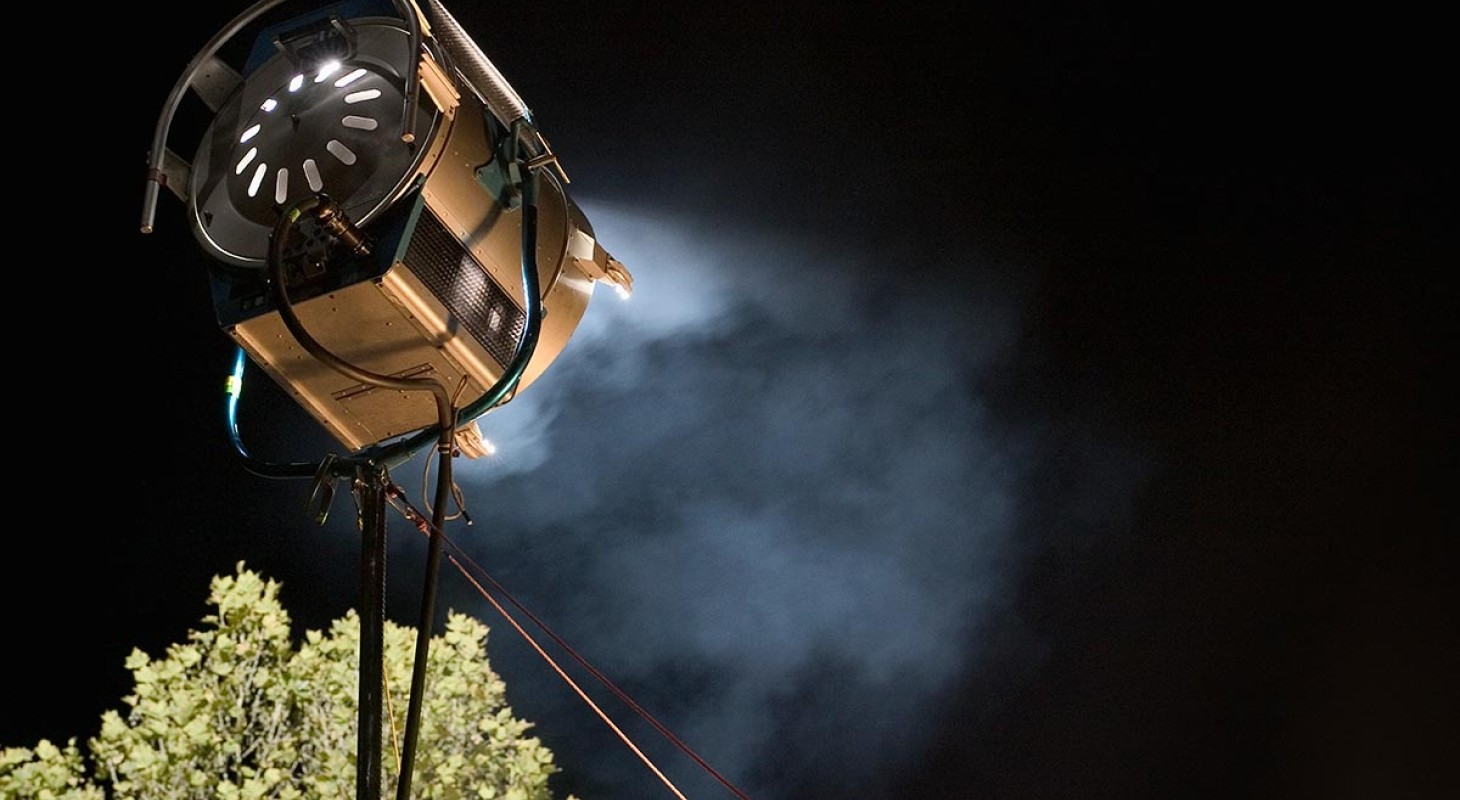
Video | May 2018
The Board’s Role in Culture: Rewards and Recognition
In Part 1 of a four-part series from NACD BoardVision, our panel discusses how rewards systems can influence the corporate culture.
Transcript
Jan Koors: Hello. I'm Jan Koors with Pearl Meyer. Welcome to NACD's board vision. The NACD has spent the past year in deep discussion about the board's role in culture and has produced the Blue Ribbon Commission report this year on that very topic. I'm joined today by two of the report commissioners: Phyllis Campbell, the chair for the Pacific Northwest at JP Morgan Chase and a director at Alaska Air, and Dave Swinford, president and CEO of Pearl Meyer. We're going to spend the next few minutes talking a little bit about the BRC report, the findings, as well as the role that the board plays in overseeing culture and for better or worse, the impact that compensation can have to reinforce that culture in the company.
Before we go there, I want to take a step back for context. Phyllis, this first question is for you. Do boards today generally talk about organizational culture and do directors feel like they have any influence?
Phyllis Campbell: Organizational culture is front and center for all directors today. If it isn't, it should be. For example, at Alaska Air group, we are going through a merger integration and we said with management that culture and getting it right is our number one priority. So, yes. Culture is something that I think the organization deals with, the board deals with. Aligning that with compensation, aligning that with measurement systems, aligning that with strategic priorities. To me, that's one of the most important things the board needs to get right with management.
Jan: So, I'm going to ask a follow up question on that. When the board thinks about culture, do you stay with culture in tone at the top or do you dig deeper in the organization?
Phyllis: Well, I think as the Blue Ribbon Commission report indicates, culture is something that goes all the way through the organization. So, I think maybe years ago the board used to only talk about tone at the top and how does culture align. Today, as the commission report states, culture is something that we need to have a check at tone at the middle, tone at the bottom, tone throughout the organization. So, I do think that the board needs to develop mechanisms with management to monitor, to help incent, to help reward, to help really make sure that there is consistency of that culture throughout the entire company.
Jan: Thanks. That's a great segue for my first question for you Dave. Are there any broad reward strategies beyond simple monetary compensation that encourage the right kinds of behaviors in employees that ultimately lead to value creation for an organization?
Dave Swinford: There are. Boards don't spend a lot of time thinking about the systems other than top executive pay. So, they tend not to think about variable rewards other than the incentive plans, both short-term and long-term, but if you think about it, everything that people get from praise and recognition through promotion, through praiseworthy performance appraisals as opposed to critical ones, all of those things are rewards and all of those things are opportunities to communicate messages about what kinds of behaviors the organization wants to see in its employees.
Culture is really pushed and influenced by how we look at the ways people get things done in addition to the results that are actually achieved. So, making sure that people do things in the right way and reinforcing that through praise and other forms of recognition as well as rewards is important.
Jan: So, my follow up question for you on that is how have you seen companies incorporate those “how” measures into the “what” measures in compensation programs?
Dave: Even at the board level, when we're talking about the achievements and the annual incentive plan for example, we need to spend time talking about why were we that successful or why did we fail and what does that tell us about the way the organization performed? Not in terms of the numbers, but in effect, qualitatively? How are those results achieved and what can we learn from that for the future?
